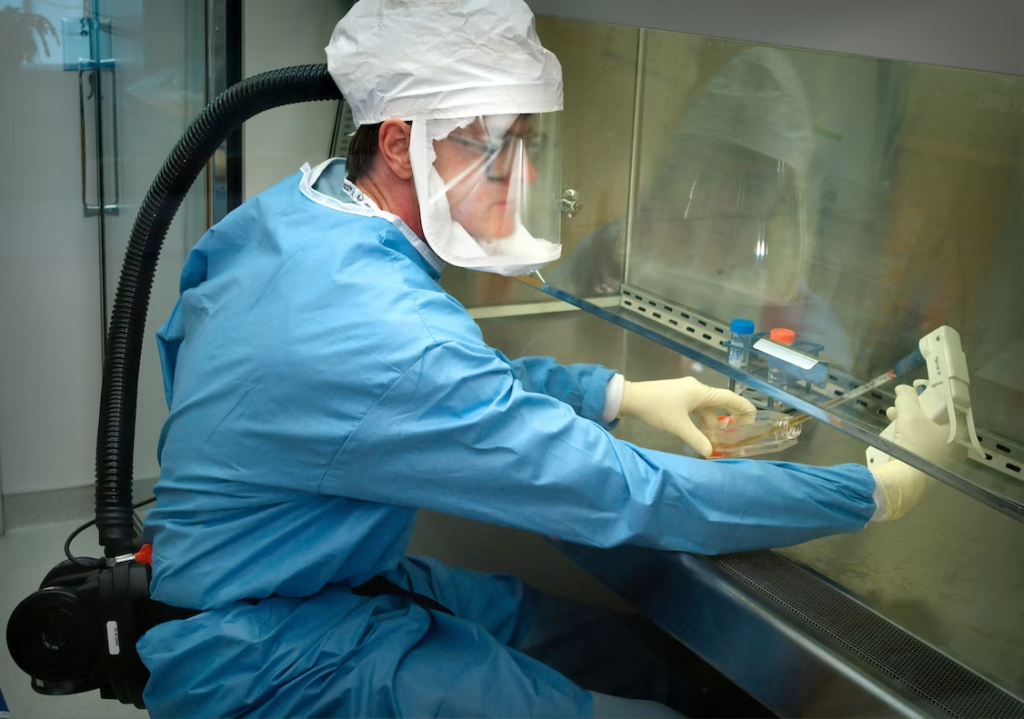When it comes to ensuring our safety and well-being, investing in the right protective gear is paramount. Whether you work in a hazardous environment, participate in extreme sports, or simply want to stay prepared for unforeseen circumstances, selecting the appropriate protective gear is crucial. In this article, we will provide you with top tips to consider when choosing protective gear, helping you make informed decisions and prioritize your safety.
Table of Contents
Assess Your Needs
To start your journey toward finding the perfect protective gear, it’s important to assess your specific needs. Take a moment to consider the risks you are exposed to, the activities you engage in, and the potential hazards you may encounter. For example, if you work in construction, you might need protective gear that shields you from falling objects, sharp edges, or chemical spills. On the other hand, if you work in law enforcement or security, investing in protective gear from www.bulletproofsupplystore.com and similar reputable sources may be necessary to protect against ballistic threats. By understanding your requirements, you can narrow down your choices and focus on finding the most suitable gear.
Research the Standards
Different industries and activities have specific safety standards in place to ensure the effectiveness of protective gear. It is crucial to familiarize yourself with the applicable regulations and certifications for the type of gear you need. Look for products that meet or exceed these standards, as they have undergone rigorous testing to ensure their effectiveness. This information can usually be found on the manufacturer’s website or product packaging. By choosing gear that meets the required standards, you can have confidence in its reliability and protection.
Consider Material Durability
When it comes to protective gear, durability is a crucial factor to consider. The material should be able to withstand the demands of your intended use and provide long-lasting protection. For instance, if you work in an environment with heavy machinery or extreme weather conditions, you may want to consider gear made from materials like leather or high-density synthetic compounds like kevlar. These materials are known for their robustness and resistance to wear and tear, ensuring that your gear remains reliable even in challenging circumstances.
Comfort and Fit
Protective gear should never compromise on comfort and fit. Ill-fitting gear can be a hindrance and may not provide the intended level of protection. To ensure a proper fit, pay attention to sizing charts, measurement guidelines, and user reviews. Take accurate measurements of your body and compare them to the manufacturer’s recommendations. Look for adjustable features such as straps or buckles to customize the fit. Additionally, consider factors like breathability, flexibility, and weight to enhance comfort during prolonged use. A comfortable fit ensures that you can focus on your task at hand without distractions.
Understand the Level of Protection
Different activities and environments require varying levels of protection. It is essential to evaluate the potential risks you may encounter and select gear that offers appropriate protection. For example, if you engage in high-impact sports such as mountain biking or skateboarding, prioritize helmets with impact-absorbing materials and a proper retention system. Understanding the level of protection needed will help you make an informed decision and ensure your safety in specific scenarios.
Check for Proper Ventilation
Proper ventilation is crucial in many forms of protective gear, especially those worn for extended periods. Gear that lacks adequate airflow can cause discomfort, and heat-related issues, and reduce overall effectiveness. Look for features like strategically placed vents, mesh panels, or moisture-wicking materials to enhance breathability and prevent overheating. This is particularly important if you engage in activities that require continuous physical exertion or take place in hot and humid environments. Optimal airflow not only improves comfort but also helps maintain focus and prevents fatigue.
Evaluate Maintenance Requirements
Protective gear often requires maintenance to ensure its longevity and effectiveness. Consider the cleaning and care instructions provided by the manufacturer. Some gear may require special cleaning agents or specific handling procedures. Understanding the maintenance requirements will help you determine if the gear aligns with your lifestyle and time availability. It’s important to invest in gear that you can easily maintain to ensure it remains in optimal condition, providing reliable protection when you need it.
Seek Expert Advice
If you are uncertain about the right protective gear for your needs, don’t hesitate to seek advice from experts. Consult with professionals in the field or visit specialty stores where knowledgeable staff can guide you in selecting the most suitable gear. Their expertise and experience can be invaluable in making an informed decision. By seeking expert advice, you can tap into a wealth of knowledge and ensure that you make the best choice for your specific requirements.
Also Read : The Ultimate Guide to Exploring Dubrovnik on a Budget
Test and Try Before Buying
Whenever possible, try on the protective gear before making a purchase. Testing the gear firsthand allows you to assess its fit, comfort, and overall functionality. Many stores provide this option, especially for items like helmets or safety shoes. Take advantage of these opportunities to ensure that the gear meets your expectations. This hands-on approach allows you to make an informed decision, giving you confidence in your chosen gear and ensuring it performs as expected when it matters most.

Choosing the right protective gear is an essential step toward safeguarding your well-being in various environments and activities. By assessing your needs, researching standards, considering material durability, prioritizing comfort and fit, understanding the level of protection required, checking for proper ventilation, evaluating maintenance requirements, seeking expert advice, and testing gear before buying, you can make informed decisions and prioritize your safety. Remember, investing in high-quality protective gear is an investment in your well-being, ensuring you can confidently tackle any situation that comes your way. Stay safe and protected!
